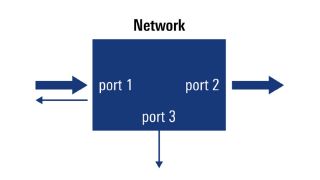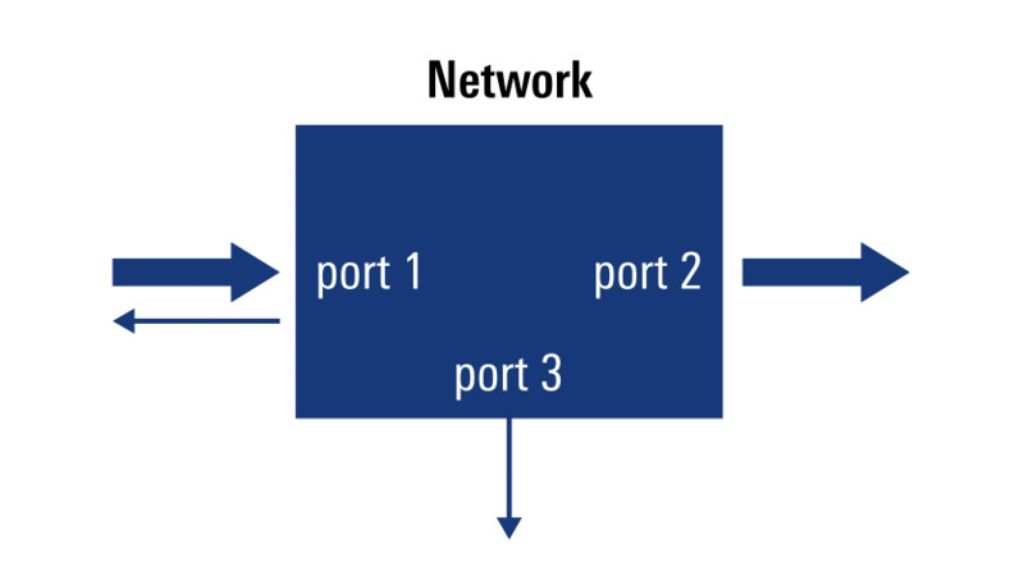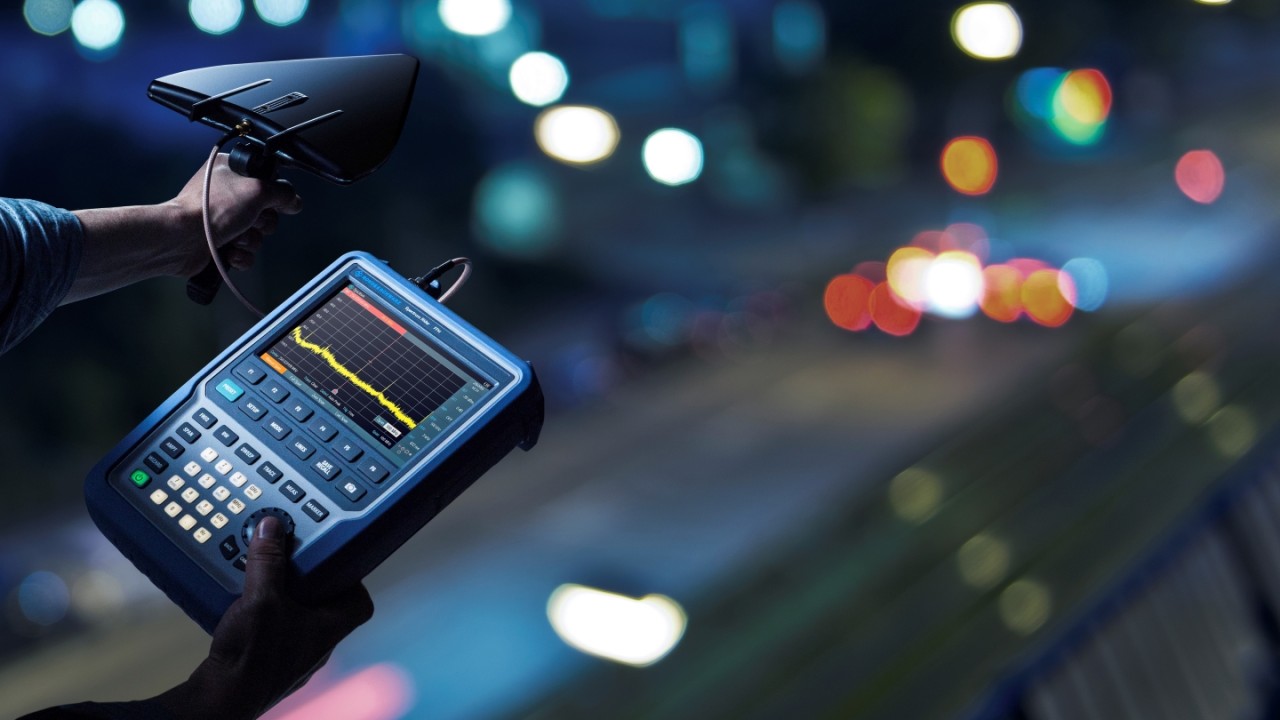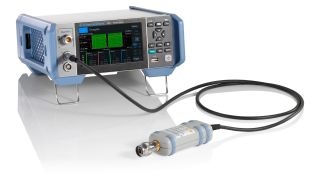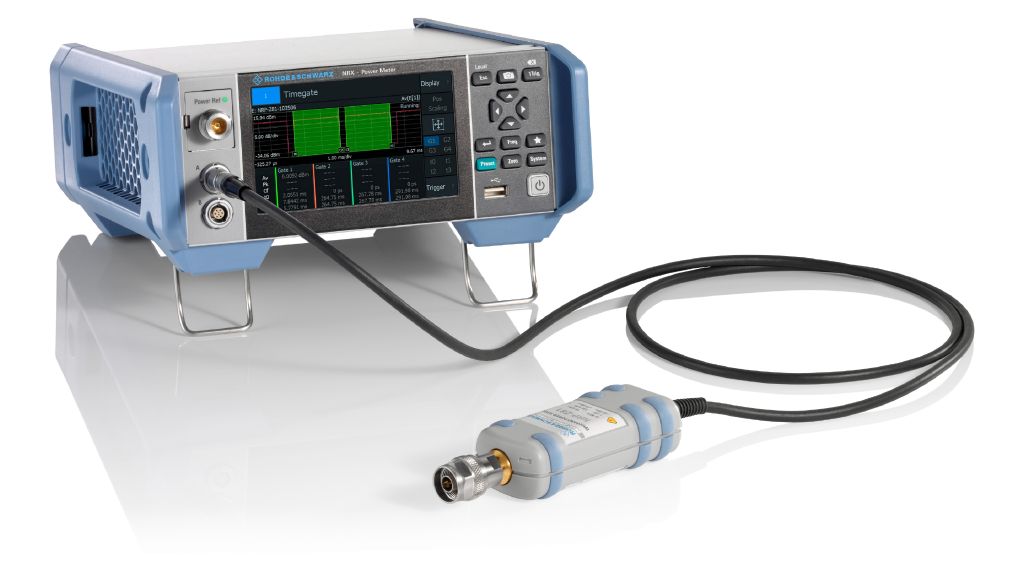R&S®Essentials | Spectrum analyzers fundamentals
Understanding RF - RF test and measurement equipment
Author: Paul Denisowski, Test & measurement expert
The following will provide an introduction to RF test and measurement equipment.
RF test and measurement equipment is necessary for the design, test, manufacture, and debug of radio frequency devices. Every device which uses RF, from TV and radios to Wi-Fi, cell phones, GPS, etc. was created using RF test and measurement instruments.
There are four basic categories of RF instruments:








